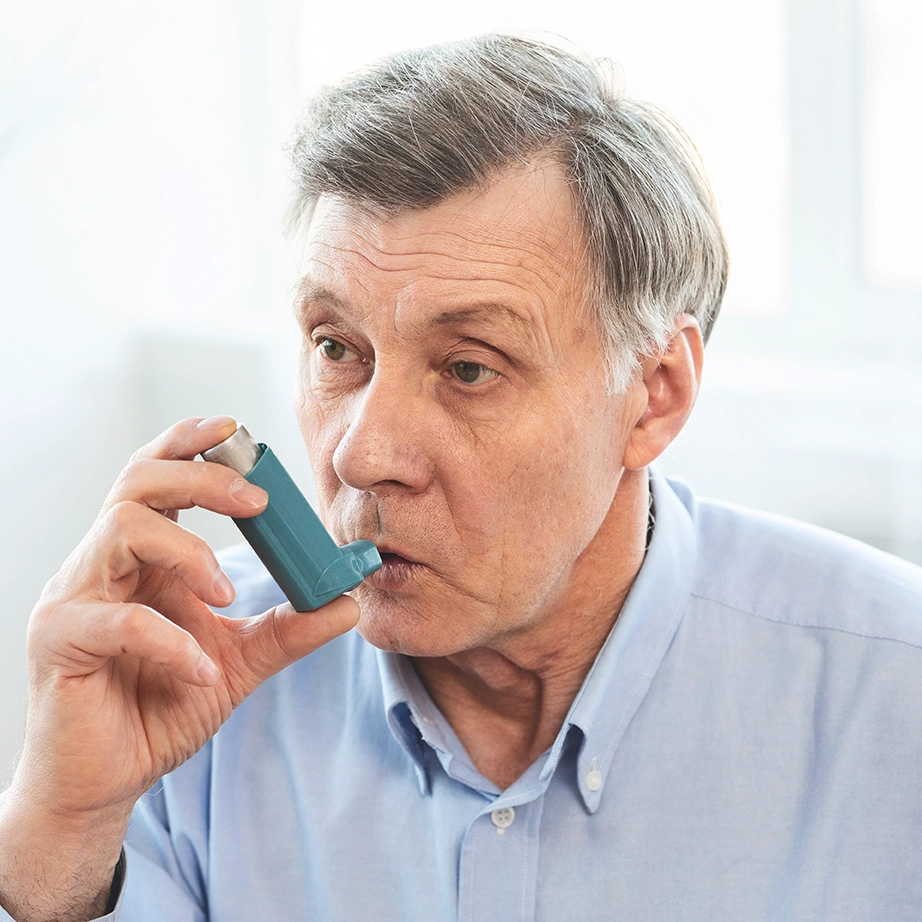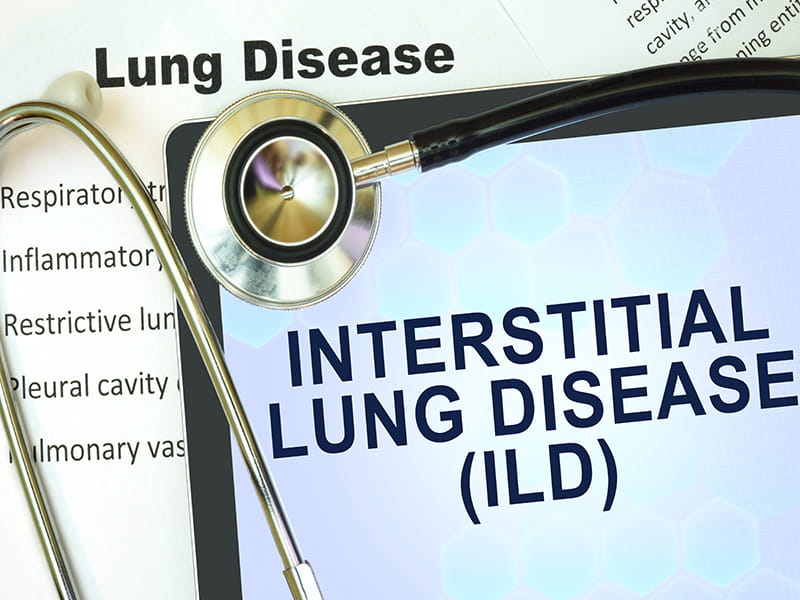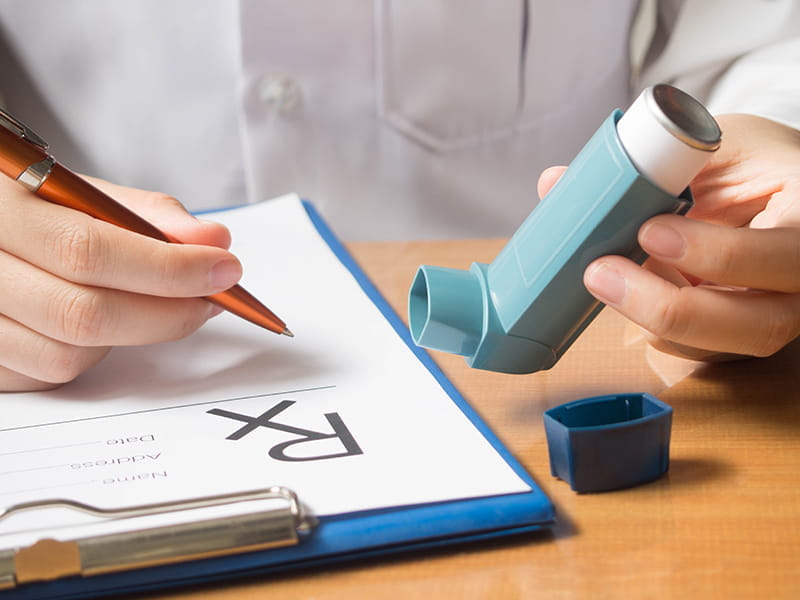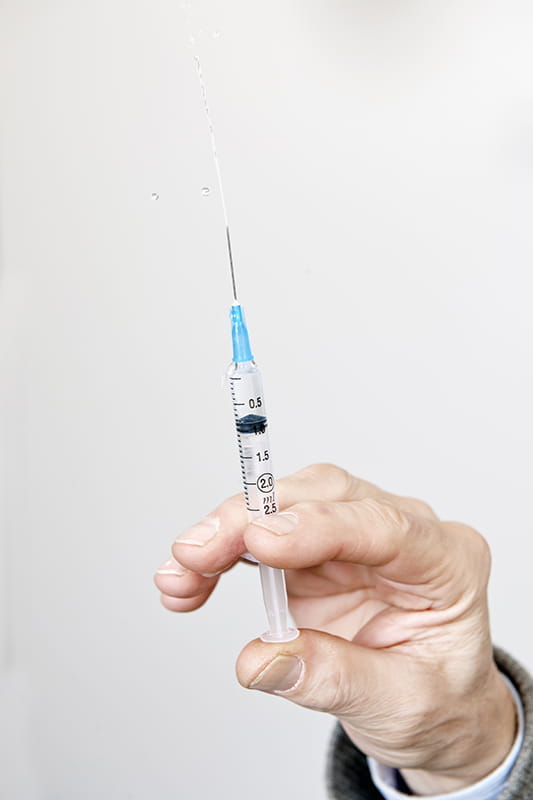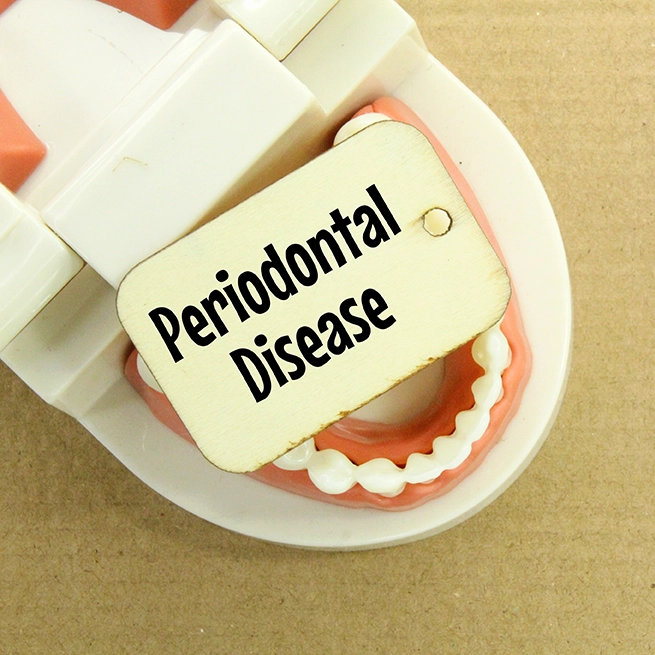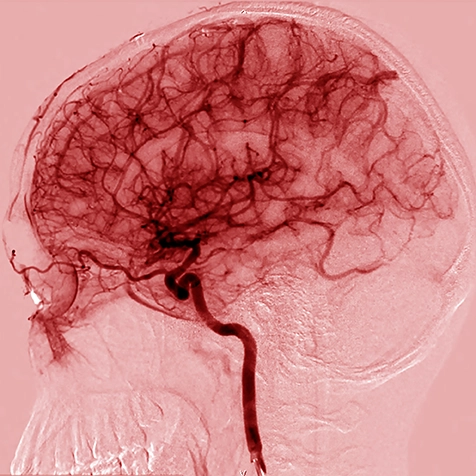Impact of Finerenone & Empagliflozin, in Combination or Alone on UACR in Patients with CKD & T2DM
Introduction
Current guidelines for managing patients with chronic kidney disease (CKD) and type-2 diabetes mellitus (T2DM) recommend the use of renin–angiotensin system (RAS) blockers, sodium–glucose cotransporter-2 (SGLT-2) inhibitors, finerenone; a nonsteroidal mineralocorticoid receptor antagonist (MRA), and glucagon-like peptide-1 receptor agonists (GLP-1RA). However, there is limited evidence supporting the concurrent initiation of SGLT2 inhibitors and finerenone in this patient subgroup.
Aims
- To compare the reduction in the urinary albumin-to-creatinine ratio (UACR) achieved with simultaneous initiation of finerenone and empagliflozin either drug alone.
- To ascertain the safety of simultaneous initiation of finerenone and empagliflozin in terms of change in blood pressure (BP), serum potassium level, and estimated glomerular filtration rate (eGFR) at frequent predefined intervals.
Patient Profile
- Patients with T2DM with glycated hemoglobin (HbA1c) levels of <11%, an eGFR between 30 and 90 ml/min/1.73 m2, and albuminuria (an UACR between 100 and 5000).
- The study participants were receiving a RAS inhibitor for more than 1 month at the screening visit and were not on an SGLT-2 inhibitor or potassium-binding agent within the 8 weeks before screening.
Methods
Study Design
- CONFIDENCE (Combination Effect of Finerenone and Empagliflozin in Participants with Chronic Kidney Disease and Type 2 Diabetes Using a Urinary Albumin-to-Creatinine Ratio Endpoint) was a double-blind, randomized, active-controlled trial.
Treatment Strategy
- The study participants were randomized 1:1:1 to receive finerenone (with empagliflozin-matching placebo) at a dose of 10 or 20 mg/day, empagliflozin at a dose of 10 mg/day (with finerenone-matching placebo), or a combination of finerenone and empagliflozin.
Outcomes
Primary Outcome
- The relative change in the log-transformed mean UACR from baseline to 180 days.
Secondary Efficacy Outcomes
- The relative change in the UACR between the end-of-treatment visit and 30 days after the end-of-treatment visit
- The relative change in the UACR between baseline and 30 days after the end-of-treatment visit
- The relative reduction in the UACR as per the prespecified thresholds (>30%, >40%, or >50%) at 180 days.
Secondary Safety Outcomes
- The change in the eGFR from baseline to day 30 and its reversibility on stopping the drug therapy, incidence of acute kidney injury, hyperkalemia, the change from baseline in the serum potassium level, symptomatic hypotension, ketoacidosis, severe hypoglycemia, and genital mycotic infections.
Results
- The final analysis was based on the data of 265 subjects in the combination-therapy group, 258 in the finerenone group, and 261 subjects in the empagliflozin group.
- The study participants in all the three groups had similar UACR at baseline [median value: 579 (interquartile range, 292 to 1092)].
- At day 180, the combination therapy was associated with a 29% greater reduction in UACR, as compared to finerenone alone [least-squares mean ratio (LSMR) of the difference in the change from baseline: 0.71; 95% confidence interval (CI)], 0.61 to 0.82; P<0.001) and a 32% greater reduction, as compared to empagliflozin alone (LSMR of the difference in the change from baseline: 0.68; 95% CI, 0.59 to 0.79; P<0.001).
- Amongst the patients treated with the combination therapy, the UACR reduced by more than 30% from baseline to 14 days and by more than 40% after 90 days.
- There was an increase in the UACR from the end of treatment to the end of follow-up, comparing day 180 with day 210; LSMR: 1.63 in the combination-therapy group, 1.45, in the finerenone group, and 1.44 in the empagliflozin group.
- Greater proportion of patients treated with the combination rather than finerenone or empagliflozin achieved reduction in UACR of 30%, 40% and 50% from baseline to days 180 and 210 (Table 1).
Table 1: Reduction in UACR from baseline to various time intervals
|
Reduction in UACR |
Combination Group |
Finerenone Group |
Empagliflozin Group |
|
Reduction from Baseline to 180 days |
|||
|
>30% |
70% |
52.1% |
51.7% |
|
>40% |
64.2% |
44.1% |
43.3% |
|
>50% |
54.6% |
35.6% |
31.9% |
|
Reduction from Baseline to 210 days |
|||
|
>30% |
46.6% |
34.4% |
39.7% |
|
>40% |
35.7% |
27.3% |
29.7% |
|
>50% |
27.3% |
22% |
20.3% |
- No unexpected adverse events were reported with either agent or the combination.
- The mean serum potassium level increased by 0.27 mmol/liter and 0.19 mmol/liter from baseline to day 14 in the combination group and finerenone group respectively but returned to near baseline levels by at day 30. Patients treated with empagliflozin did not experience any changes in the potassium levels.
- There was an initial decrease in systolic BP (SBP), with the most distinct reduction occurring in the combination-therapy group (-7.4 mmHg). The SBP returned to baseline levels after discontinuation of the trial treatment at 180 days.
- At 30 days, a greater proportion of patients treated with combination versus finerenone and empagliflozin had a decrease in the eGFR of > 30% (6.3% 3.8% vs. 1.1%). Most of the early decline seen in the eGFR was reversible with drug discontinuation at 180 days.
- The incidence of hyperkalemia was 6.3%, 11.4%, and 3.8% in patients treated with the combination, finerenone, and empagliflozin, respectively.
- The incidence of symptomatic hypotension, acute kidney injury, or genital mycotic infection was rare in the study subjects.
Conclusions
- Among patients with both CKD and T2DM, initial therapy with a combination of finerenone and empagliflozin more effectively reduced the UACR during a period of 180 days as compared to either of the drugs alone.
New Eng J Med. June 5 2025 (Published Online); DOI: 10.1056/NEJMoa2410659.


